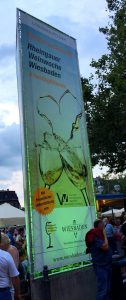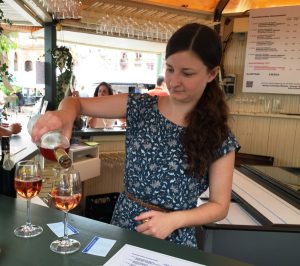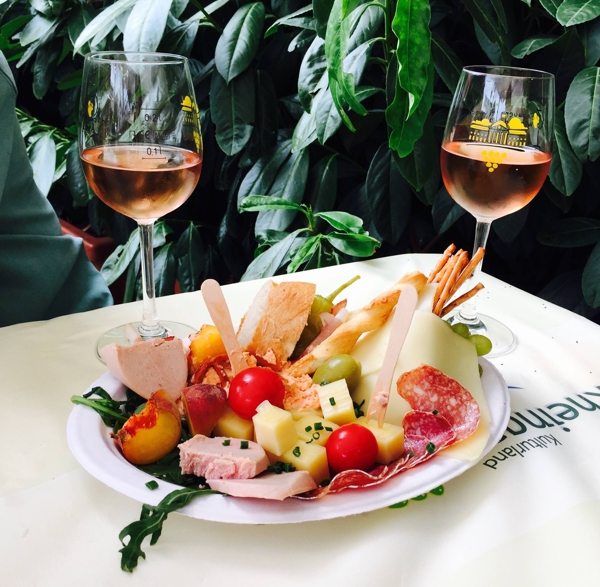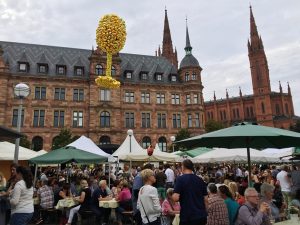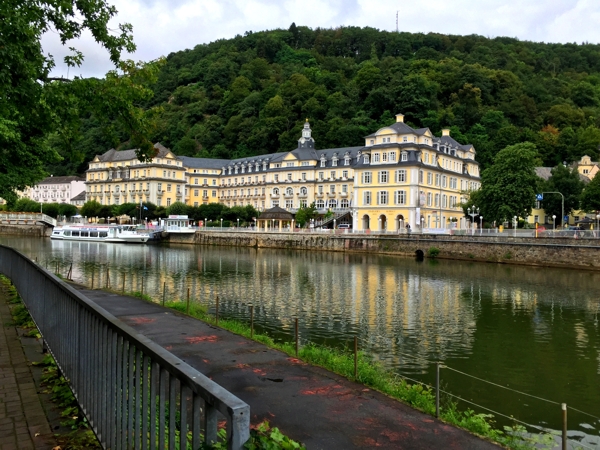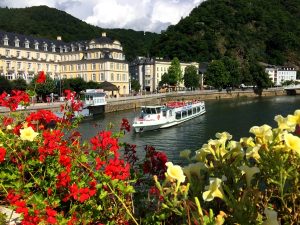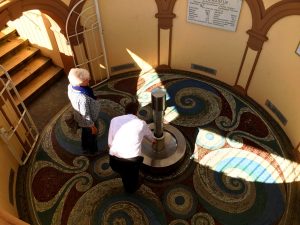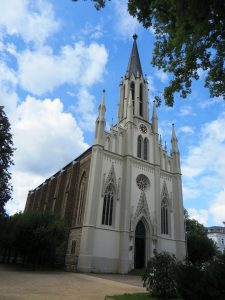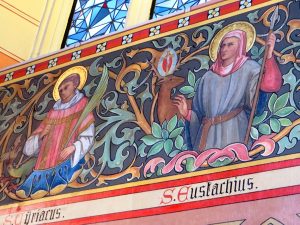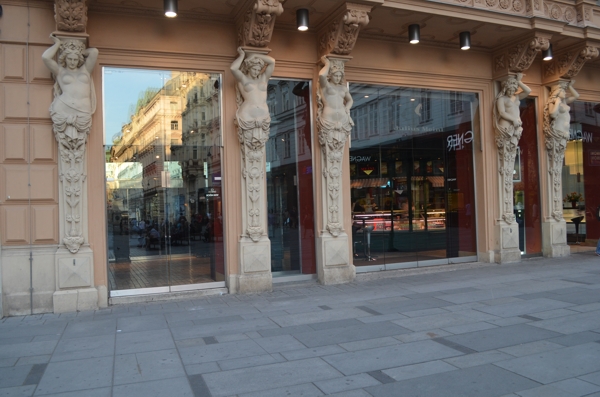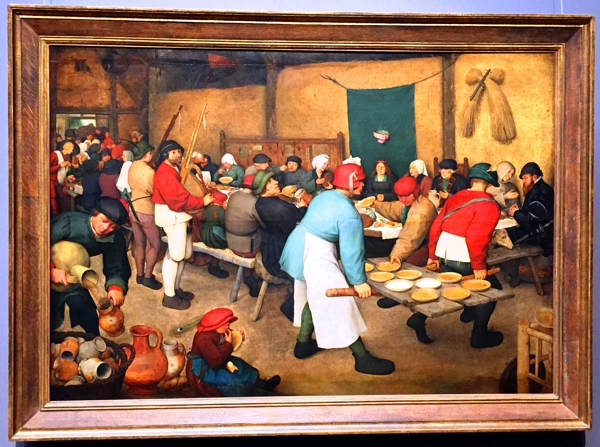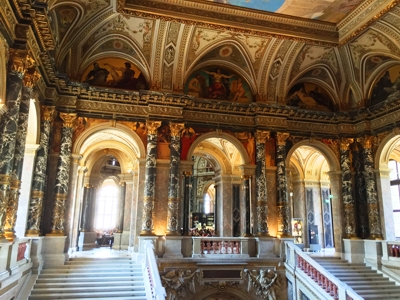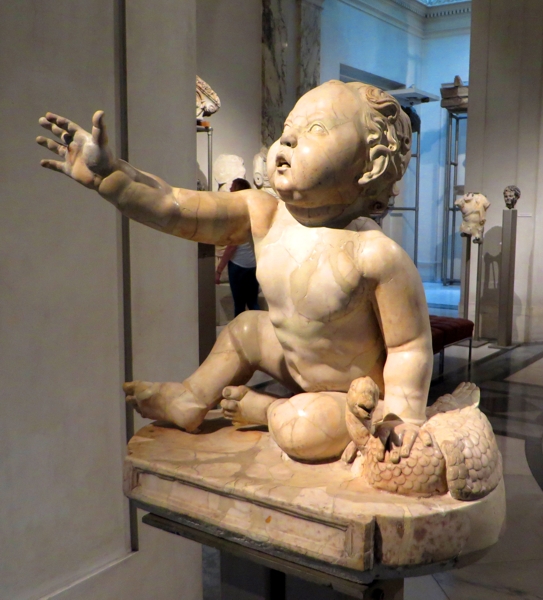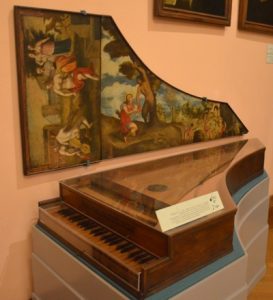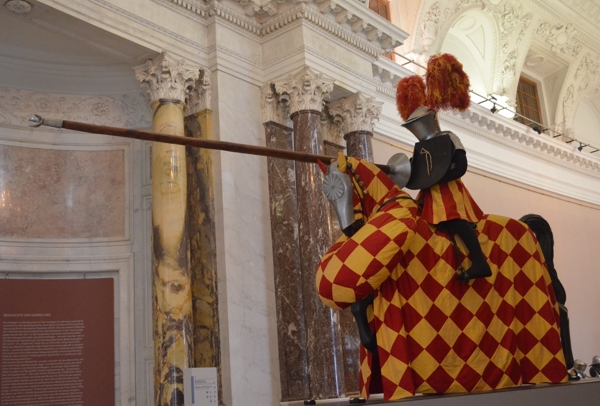Brussels has been getting a lot of bad press in recent months. There is no denying that a shadow of sadness has been cast over this beautiful metropolis. However, Brussels and its people seem stronger than ever and they are open for business as usual. So if you are planning a trip that includes Belgium’s capital, here are some of our tips to make your visit not only memorable, but economical as well.
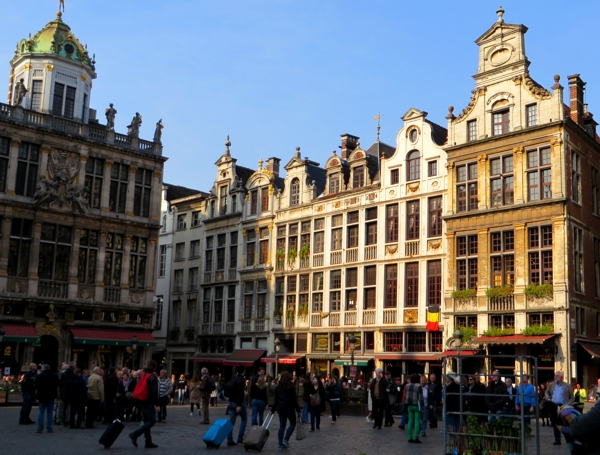
Brussels is a beautiful and expensive place to visit, unless you come on a weekend. Yes, you read that right. Since it’s the capital of the European Union and Headquarters for NATO, it’s filled with politicians, diplomats, and civil servants. They all head for their respective homes and countries starting on Friday. As a result, many expensive hotels drop their prices drastically for the weekends. We took advantage by booking a lovely room in the historic 5-star Hotel Metropole in the heart of the city. Its location was perfect and an easy walk to the majestic Grand Place (the unofficial city center). This was probably one of the few times in our lives we were able to actually afford a 5-star hotel. We’ve stayed there a couple of times and we got great deals each time.
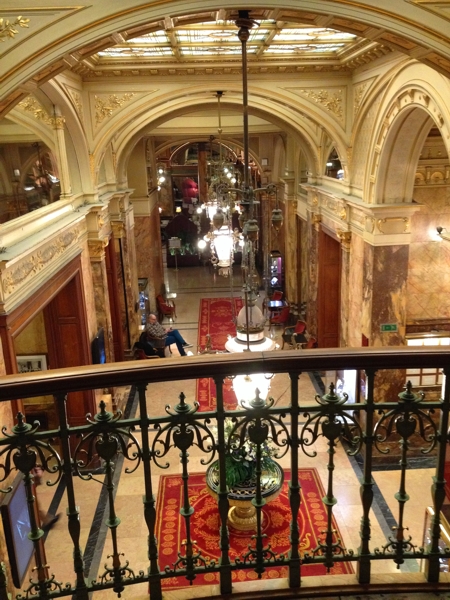
The Metropole was built in 1895 and is considered a historic landmark; it didn’t disappoint. Our room was lovely and the crest-emblazoned robes and slippers that were left folded on the bed were luxuries we could get very used to! But the real glory of the Metropole is its historic lobby. It seemed a bit like we had stepped into a time machine that swept us a century or so back in time. Even if you don’t stay here, the lobby is worth a stop. We parked the car at a convenient underground garage across the street since we wouldn’t need it the entire time we were in the city.
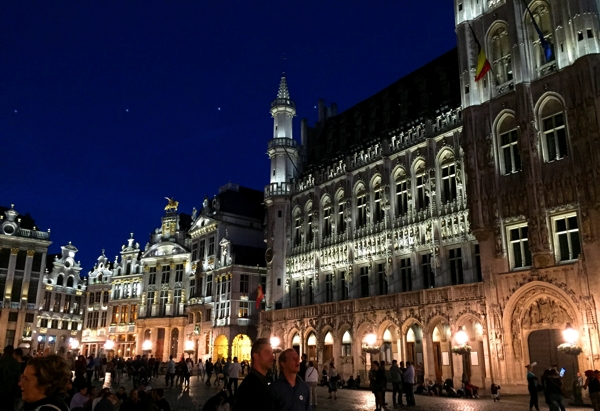
We always start our explorations at the Grand Place, and it never fails to take our breath away. It’s majestic during the day, but at night it’s really unbelievable. The buildings and towers are lit up and people are everywhere taking pictures of the incredible spectacle. Brussels is also known for the famous fountain the Manneken Pis (Little Peeing Boy). It’s a small bronze sculpture of a (you guessed it!) little boy peeing into the fountain. It’s rather small and tucked away on a side street, but it sort of
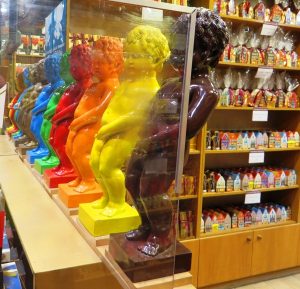
represents a tradition and people from all over just have to get a photo of the fountain. And of course the souvenir shops overflowed with Manneken Pis bottle openers, key chains, corkscrews (my personal favorite), molded chocolates, and full-sized garden statues for the really classy tourist that wants to bring a little bit of Belgian charm to their backyards.
Brussels is also the European home for comics. Sides of buildings throughout the city have painted murals of famous comic scenes and characters. The city is the birthplace of Tintin. I’ve been a fan of his since childhood, long before Steven Spielberg ever turned him into a CG
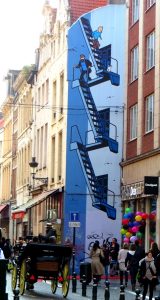
animated movie. I raced home from school when I was little to see Tintin cartoons on TV. Over the years I’ve amassed quite a collection of books, miniatures, and just about anything Tintin that I could get my grubby little hands on. Between visits to the Belgian Comic Strip Center Museum and various shops—including one completely devoted to all things Tintin—I have added substantially to my collection of goodies.
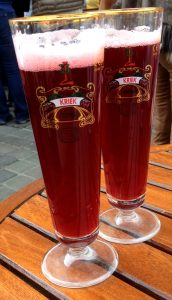
Speaking of goodies, you can’t go to Belgium without some culinary indulgence. There are four things in particular that you must try. First, Belgian waffles. They come out of the waffle iron with a caramelized sugar coating. You can get them plain or with different toppings, like whipped cream or Nutella. We opted for the whipped cream and never looked back. Inexpensive and easy to eat while walking. Second are the fries (Pommes Frites). They are everywhere! Belgium as a country is famous for their frites. Do what the locals do. Dive into your frites served up with a big dollop of mayonnaise or any one of the countless exotic sauce choices they offer. To American ears, mayonnaise on French fries sounds a bit weird. But we’re not talking about the garden-variety off-the-shelf stuff from Safeway. It’s really tasty. Third, Belgian beer! They brew many varieties and all of them are great. My favorite is Kriek, which uses sour cherries in the fermenting process, making a delicious and refreshing beer that’s a perfect cooler on a hot summer day.
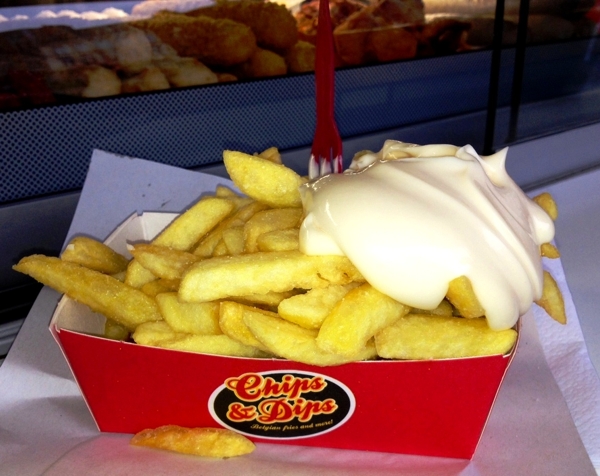
Finally, you really must treat yourself to liberal doses of CHOCOLATE. Belgian chocolates look a lot like the ones that come in those boxes you see around Valentine’s day. But they’re in a whole different class. We’ve had world-class chocolates from France, Germany, Switzerland, The Netherlands, Italy, and Austria, but Belgium always seems to come in at the top of this class. You’ll do your waistline no favors, but you will have plenty of time to pay for your sins when you get home. In Brussels, we stopped at a wonderful little chocolate shop called—of all things—Mary, and indulged in some of the loveliest chocolates we’ve ever eaten. The woman who served us especially recommended a variety with a filling made from the tropical tonka bean. Of course, they were delicious. Mary is the chocolatier to the Belgian Royal Family and many of the beautifully decorated treats are named after members of that dynasty.
As a parting note, be aware that in August the EU and NATO offices close for a month, so it may be possible to find some great hotel deals during that time. We are thinking that we might make a return visit next year. We’ll see!


